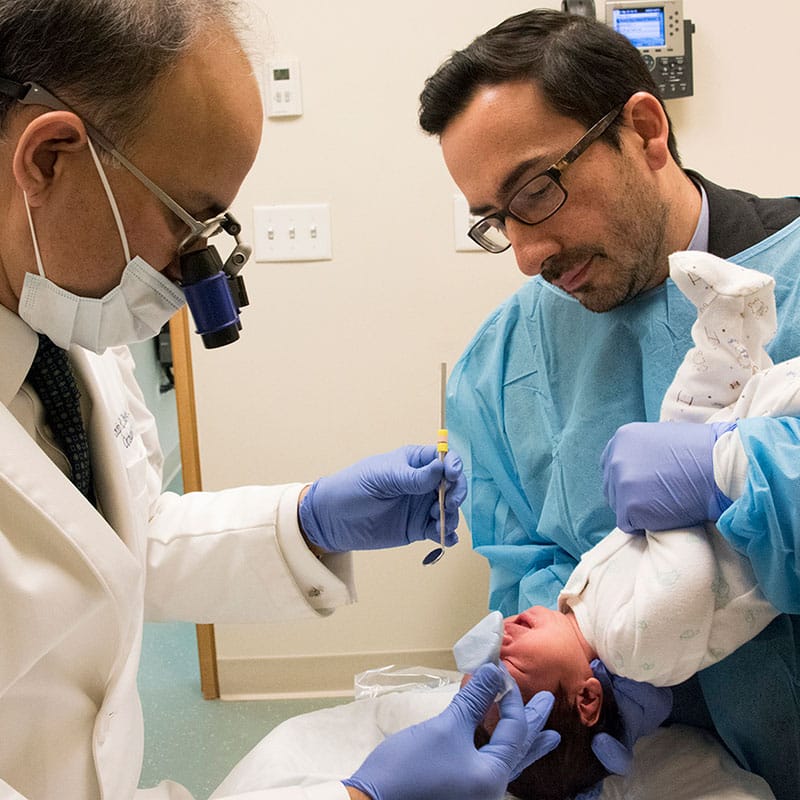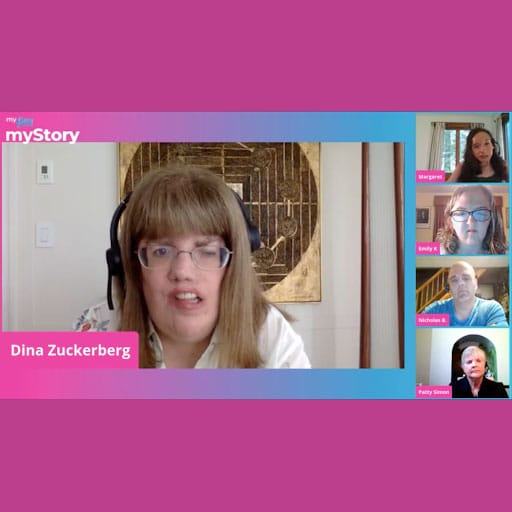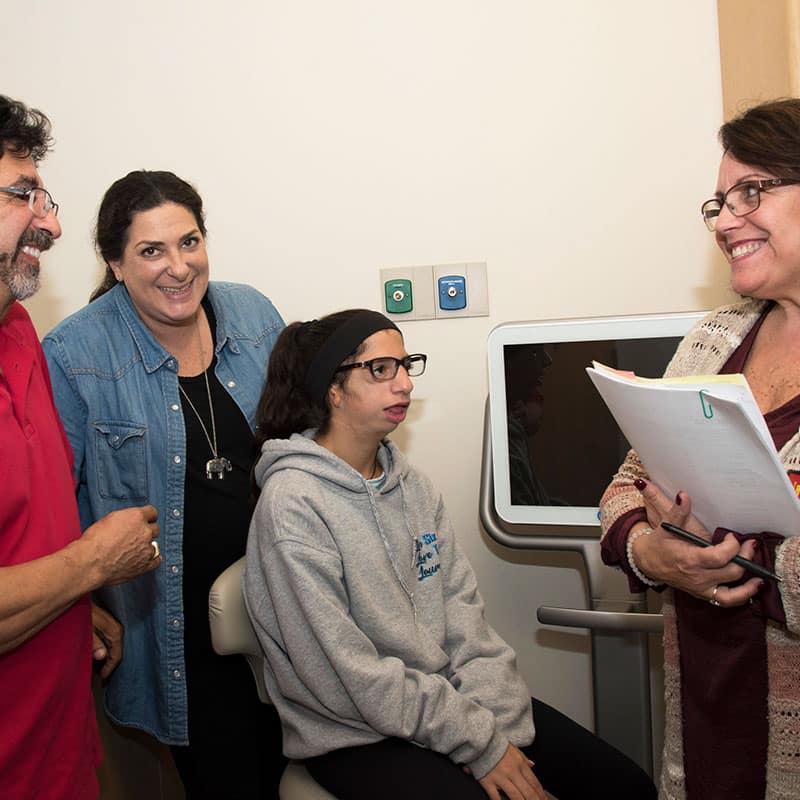Monobloc Craniofacial Operation
Monobloc Reconstruction for Syndromic Craniosynostosis
The Monobloc is a craniofacial operation that can produce major changes in facial appearance and expand the volume of the skull for the treatment of brain compression. Patients who undergo Monobloc reconstruction are usually diagnosed with syndromic craniosynostosis.
Syndromic craniosynostosis can present the following problems:
- A small skull that is causing ongoing brain compression.
- Eye sockets that are shallow and small in size, causing the eyes to bulge.
- Difficulty completely closing eyes when sleeping.
- The nose, cheekbones and upper jaw are pushed backwards, narrowing the breathing passage inside the mouth.
- In severe cases, the breathing passage can be so narrow that a tracheostomy is needed.
- The backward displacement of the upper jaw causes an underbite where the teeth of the upper jaw fall behind the lower jaw.
The Monobloc operation addresses all of these facial changes. The surgery entails the combined work of a craniofacial surgeon and neurosurgeon to carefully separate the bones of the forehead and upper 2/3rds of the face from the remaining skull. Although effective, the Monobloc is a major operation; it requires blood transfusion and is associated with significant facial swelling after surgery.
Listen to Ofelia’s story of her Monobloc surgery
What is the difference between a Monobloc Classic and a Monobloc Distraction procedure?
A Monobloc Distraction achieves the same result, but the bones of the face are moved slowly over several weeks. This is done by attaching a halo device to the patient’s head.
Once the upper 2/3rds of the face and forehead bones are separated from the rest of the face, a halo device is attached to the outside of the head. The halo is secured to the head using special screws that are secured to the head. The framework is attached to the face and forehead using a splint attached to the mouth. Wires may also be attached to the sides of the nose and forehead. The framework of the halo can look dramatic but it is generally not painful to wear. Alternatively, the bone lengthening device can be attached to the forehead and face bones using two or more device that are buried underneath the skin of the face.
Watch Nurse Practitioner, Pat Chibbaro, of the myFace Center for Craniofacial Care at NYU Langone Health explain the variations of the Monobloc procedure:
The Process of a Monobloc Procedure
Pre-Surgery
Once the patient is asleep, many monitoring devices will be placed to ensure safety throughout the operation. Blood transfusion is very common during this procedure.
Procedure
An opening is made on the top of the scalp from one side of the ear to the other. This opening may take the form of a wavy line to help hide the scar within the hair. If you have a scar on your scalp from a previous craniofacial surgery, this scar may be used. Sometimes, openings around the eyelids and inside of the mouth are required. A pediatric neurosurgeon and craniofacial surgeon will work together to perform the surgery in a safe manner.
During the procedure, the forehead bone will be separated from the skull first. Following this part of the surgery, the upper 2/3rds of the facial bone will be carefully separated from the rest of the skull. This will include the brow, the front of the eye sockets, the nose, the cheekbones and the upper jaw in one piece. Your surgeons will take extra care to maintain safety, limit blood loss and protect the eyes and brain. Once the face and forehead bones are separated, segments of bone will be placed in the spaces between the separated bones. These segments of bone will be taken from the hip and these bone pieces will fill the space between the bones and prevent the separated forehead and facial bones from moving back to its original position. After these segments of hip bone, called grafts, are put into place, a membrane from the inside of the scalp is used to seal a space at the inside of the skull. This will help prevent infections after surgery. After this membrane is secured into place, metal plates and screws are used to secure the bones onto position. Sometimes wires are used to secure the teeth together. This is sometimes done to help keep the facial bones in place. A small drainage tube is commonly placed under the scalp skin and exits by the ear and into a collection bulb.
Post-Op & Recovery
Dramatic Swelling
The Monobloc surgery will produce dramatic swelling around the face and eyes. Fluid may drain from the scalp incision, mouth or eyes. Most of this fluid will stop draining after a couple of days. The eyes will swell shut over the course of one to two days. Due to the swelling, eating can become a challenge at first. If the teeth are wired together there will be greater difficultly when attempting to eat. Speaking will also require some adjustment due to the facial swelling or if the teeth are wired shut. The swelling should peak after 2-3 days and will slowly resolve over several weeks. Bruising around the eyes can also develop and this will resolve over the course of approximately 2 weeks.
Discomfort
Most of the discomfort experienced after the surgery will be from the hip rather than the face. Medicine will be prescribed to help with the discomfort. It may take several weeks for the pain in the hip to completely resolve. Cool compresses to the face and sleeping with the face raised above the heart will also help decrease the swelling. Lip moisturizer is recommended to prevent drying of the lips. It is very important to listen to the surgeon’s directions regarding the types of foods one can eat following the surgery and when it is safe to eat them. Eating appropriate foods will help with the healing, but eating hard foods too early can damage the surgery.
Recovery
As the weeks pass, the swelling of the face and eyes will gradually subside and the changes to the face can be better appreciated. The cheekbones will look bigger and the eyes will sink back into the face. The teeth of the upper jaw will be in a better position and the nose will look longer.







